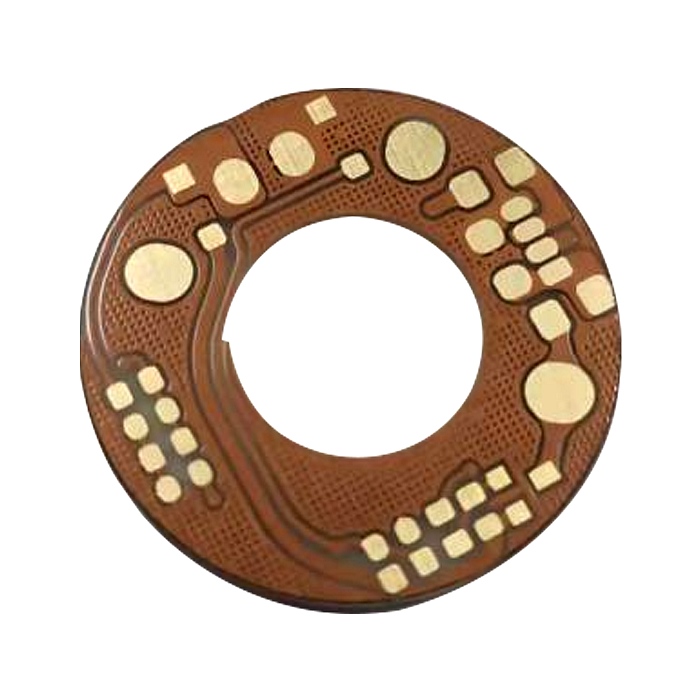
Ceramic PCB board
Product description
Strictly speaking, a ceramic PCB board is a PCB board with a relatively special process, which is generally manufactured when copper foil is bonded to the surface of an alumina or aluminum nitride ceramic substrate at high temperature.
Classified according to the type of material, ceramic plates can be divided into alumina (Al2O3), beryllium oxide (BeO), aluminum nitride (AlN) and silicon nitride (Si3N4). Performance and high chemical stability have become the most commonly used substrate materials in ceramic plates. At present, the source of alumina-based raw materials is abundant and stable. The specific type of substrate material to be used can be determined according to the needs of the product.
The general processing thickness is 0.25mm, 0.38mm, 0.5mm, 0.635mm, 1.0mm, 1.5mm, 2.0mm, 2.5mm and 3.0mm, etc.; the surface treatment can usually be immersion tin (1-3um), gold plating (1-30u ''), silver plating (3-30um), nickel plating (3-10um), nickel palladium gold (1-5u''), etc.
Ceramic plate has strong mechanical stress and stable shape; high thermal conductivity; excellent heat resistance; excellent thermal cycle performance; strong insulation, which can better improve the protection ability of equipment; anti-corrosion; no hygroscopicity; easy metallization etc.; the most distinctive advantage is its excellent heat dissipation performance. It is usually used in aerospace and military electronic components, intelligent power components, solar panel components, telecommunication receiving systems, high-power power semiconductor modules, lasers and other industrial electronics fields .With the maturity and improvement of production technology, the application of ceramic plates in the LED industry continues to expand, such as indoor lighting products, home appliance product indicators, outdoor lighting equipment, etc.
Send Inquiry
